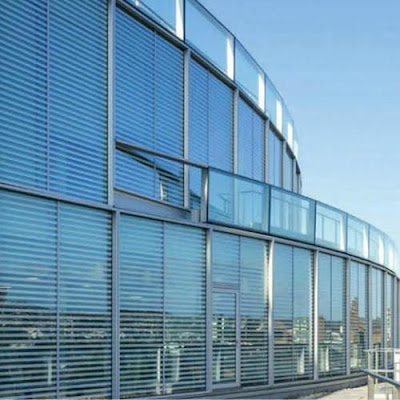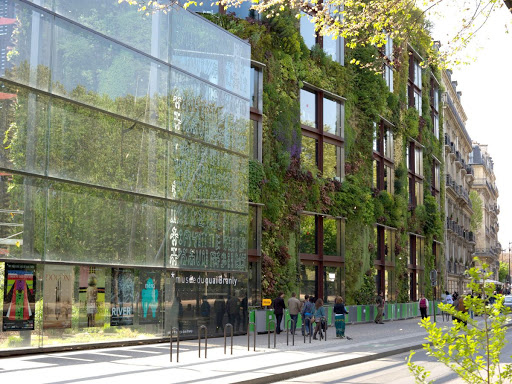Why safety glasses are important for buildings?
Architectural safety glass is a glass that
is used as a building material. It is used as a transparent glazing material,
for windows in the external walls. The evolution of glass as a building
material dates back to when exorbitant churches all across Europe were
constructed too, and stained glasses with holy paintings were used, in modern
times use of glass started as a material for the window panes. It mainly
contributed as a barrier from the extreme weather changes, like the scorching
heat, rain, etc. while still maintaining the visual connection with the outside
world. When used in buildings, glass is often of safety standards, which
include reinforced, toughened and laminated glasses.
Glass has multiple uses, as an exterior
material. Due to its varying properties of appearances and safety standards, it
can be used for various functionalities in a building in various aspects. Glass
materials were processed over the time thus lightweight as well as safety glass
came into existence, and all designers and architects were keen on exploring
the lighter and stronger material, unlike the heavier materials with
load-bearing construction technique.
Unlike any other material, glass can
withstand the effects of water, wind, sun and other environmental effects,
without losing an inch of its appearance and integrity, glass is considered to
be an excellent insulator too, in the absence of free electrons, it ensures
that you are safe from any possible electric hazards. Most importantly glass is
a 100 percent recyclable i.e. it does not degrade during the recycling process
and can even be used as a raw material in the construction industry. It is dustproof and can be easily cleaned,
Using glass as a building material accentuates the beauty and elegance of the
building. It has a smooth and glossy surface, which makes it an ideal material
for buildings,
Glass is a bad conductor of heat, a good
double-layered glass acts as a good insulator, and thus can help in the
conservation of energy and reducing your electricity bills. By multiple glazing
layers, lower heat-loss is achieved. Sealed glass window transmit very little
sound, and hence can be a good sound insulator. The most used glasses are
laminated and insulating glass. Laminated glass inherits a special acoustic PVB
interlayer, which absorbs some of the incident sound energy, reducing its
passage. Sound insulation is also achieved with double-glazed glass where
sealed inner spaces and some gases affect sound insulation and provide acoustic
stability.
Special types of Bullet and blast-resistant
glass are available that does not shatter, but rather they absorb the
projectile energy, thus protecting the inhabitants of the structure. It is
basically made by layering a polycarbonate material between pieces of ordinary
glass by a process called lamination. This process creates a glass-like
material that is thicker than ordinary glass.
Many commercial buildings choose to have a
glass façade as it offers versatile protection from the weather elements.
Unlike porous surface materials that easily degrade and corrode , glass offers
better protection from the elements.
Glass requires less maintenance and is also
quite cost-effective. Glass as construction material helps in reducing the dead
load of a building. This helps in attaining sustainability. Hence, it can be
said that glass is a suitable material for building construction.




Comments
Post a Comment